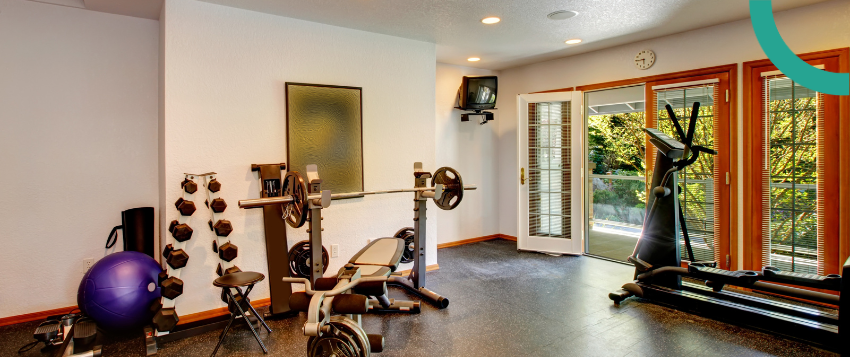As South Africa transitions into the colder seasons, many individuals find themselves facing challenges in maintaining their fitness routines. Changes in weather and daylight hours can have a significant impact on training methods and motivation levels. However, with some adjustments and proactive strategies, it’s possible to overcome these obstacles and stay healthy and fit during the colder months.
Understanding the Effects of Seasonal Changes on Training
- Weather Conditions: Colder temperatures, wind, and rain can make outdoor workouts less appealing and potentially hazardous. Individuals may find it uncomfortable to exercise outdoors, leading to a decrease in physical activity levels.
- Reduced Daylight Hours: Shorter days mean less daylight for outdoor activities, making it challenging to find time for exercise, especially for those with busy schedules. Limited daylight can also affect mood and motivation, making it harder to stay consistent with training.
- Seasonal Affective Disorder (SAD): Seasonal changes can contribute to the onset of Seasonal Affective Disorder (SAD), a type of depression that occurs during specific seasons, typically in winter. Symptoms may include low energy, changes in appetite, and feelings of sadness or hopelessness, which can impact exercise adherence.
Overcoming Seasonal Challenges
- Embrace Indoor Workouts: When outdoor conditions are less than ideal, shift your focus to indoor workouts. Gyms, fitness studios, and community centres offer a variety of classes and equipment for indoor exercise. From cardio machines to group fitness classes, there are plenty of options to keep your workouts engaging and effective.
- Invest in Home Gym Equipment: Consider investing in home gym equipment to create a convenient and accessible workout space. Items such as dumbbells, resistance bands, and exercise mats allow you to perform a variety of strength and flexibility exercises without leaving your home.
- Try Cross-Training: Cross-training involves incorporating different types of exercise into your routine to target various muscle groups and prevent boredom. Mix up your workouts by combining activities such as running, cycling, swimming, and strength training. Not only does cross-training keep things interesting, but it also reduces the risk of overuse injuries.
- Optimise Outdoor Workouts: Despite colder temperatures, outdoor workouts can still be enjoyable with the right preparation. Dress in layers to stay warm, wear moisture-wicking fabrics to keep sweat away from your skin and protect exposed skin from wind and cold with hats, gloves, and scarves. Choose well-lit routes and consider exercising during daylight hours, when possible, to enhance safety.
- Set Realistic Goals: Adjust your fitness goals to align with the seasonal changes and your current circumstances. Recognise that your performance and motivation levels may fluctuate during colder months and be gentle with yourself. Set realistic, achievable goals that consider any limitations imposed by the weather or daylight hours.
- Focus on Nutrition and Recovery: Pay attention to your nutrition and recovery practices to support your overall health and fitness goals. Eat a balanced diet rich in fruits, vegetables, lean proteins, and whole grains to fuel your workouts and promote recovery. Prioritise sleep and relaxation techniques to manage stress and enhance recovery from exercise.
- Stay Consistent and Flexible: Consistency is key to maintaining progress, but it’s also essential to be flexible and adaptable in your approach. If outdoor conditions prevent you from following your usual workout routine, be willing to modify your plans or try something new. Remember that any form of physical activity, no matter how small, contributes to your overall well-being.
By recognising the challenges posed by seasonal changes and implementing proactive strategies to overcome them, individuals can stay healthy and fit during the colder seasons in South Africa. Whether you’re embracing indoor workouts, optimising outdoor activities, or adjusting your goals, prioritise your physical and mental well-being to ensure a successful transition into the winter months.
Disclaimer – Healthi and its associates offer health and fitness information and is designed for educational and entertainment purposes only. You should consult your physician or general practitioner before beginning a new fitness program. You should not rely on this information as a substitute for, nor does it replace, professional medical advice, diagnosis, or treatment. If you have any questions or concerns about your health, you should always consult with a physician, general practitioner, or other qualified healthcare professional. Do not disregard, avoid or delay obtaining medical or health-related advice from your healthcare professional because of something you may have read on our publications or lectures. The use of information provided through the urban wellness service is solely at your own risk and is not medical or healthcare advice









